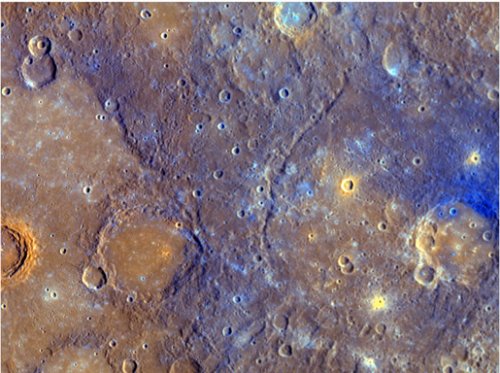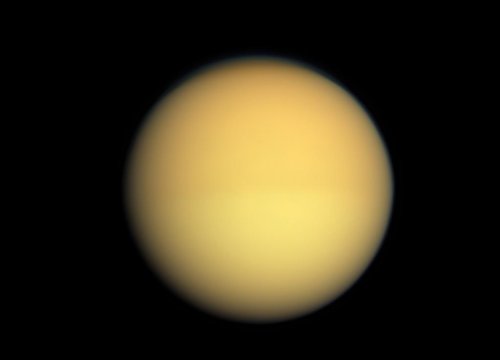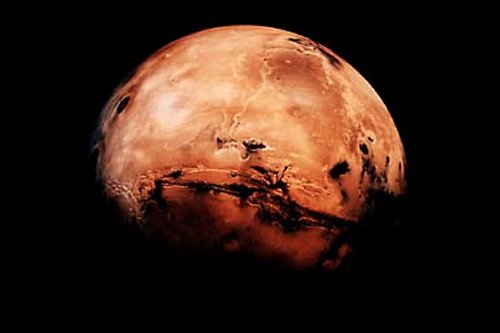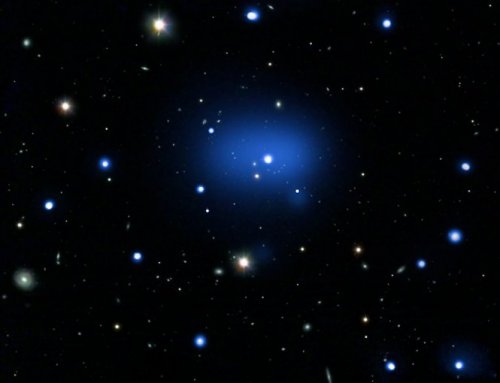NASA is one of the most amazing organizations in human history; a unique blend and concentration of scientists and engineers whose various goals are focused both on exploration of the Solar System and the study of our Earth and its integrated environmental systems.
Here are some of the amazing activities NASA and its international partners have currently underway or have successfully completed in just the recent weeks and months;
- The Ares I-X test flight is scheduled later this month;
- LCROSS smacked into the moon exactly where intended;
- Aqua is scouting our Earth’s water system;
- Kepler is scouting for rocky, habitable planets;
- Messenger has scouted Venus and is scouting Mercury.

NASA’s MESSENGER, launched Aug. 3, 2004, became the first spacecraft to
orbit the planet Mercury. It was launched aboard a Boeing Delta II rocket
from Cape Canaveral Air Force Station, Fla.. On Sept. 29, 2009,
MESSENGER completed its’ third and final flyby of the planet.
Credit: NASA
- New Horizons is past Jupiter on the way to the edge of the Solar System;
- Hinode is scouting the sun;
- GLAST is hunting down gamma-ray origins;
- Cassini is scouting Saturn.

NASA’s Cassini’s spacecraft captured this image of Saturn’s Titan moon,
showing it encircled in purple stratospheric haze. Credit: NASA/JPL
- Deep Impact is completed and is out there somewhere;
- NEAR is riding high with EROS;
- Dawn is on the way to scout Ceres and Vesta;
- The Moon Mineralogical Mapper is scouting the moon;
- NASA scientist are developing means to extract water from the ice below the surface of the moon by using microwaves to heat the lunar soil;
- Ice Bridge is scouting the Arctic and Antarctica;
- The Mars Reconnaissance Orbiter is scouting Mars.

A 1997 image of the planet Mars. Credit: NASA/GRC
- The International Space Station is flying 220 miles above us right now;
- NASA and international partners, using data from three international spacecraft teams, discovered water ice does exists on our moon;
- One of most successful partnerships in the history of humanity is under way, having just now begun the 21st science expedition on board the International Space Station. On that same space station, the crew has expanded to six persons, making possible increased science and engineering experiments;
- NASA is preparing to launch its next space shuttle mission to the space station, mission STS-129;
- Japan’s automated transfer vehicle, the HTV, has successfully rendezvoused with space station;
- Europe’s Automated Transfer Vehicle, the ATV, has also docked with space station;
- The three NASA Great Observatories, the Hubble Space Telescope, the Spitzer Infrared Telescope and the Chandra X-ray Telescope continue to fly high above space station and build our understanding of the formation and forces of the universe. NASA successfully refurbished the Hubble Space Telescope and enabled continuation of breath taking images of the solar system and our universe.

Composite Chandra X-ray Observatory image of JKCS041, the most distant
galaxy cluster ever detected. Credit: X-ray: NASA/CXC/INAF/S.Andreon
et al. Optical: DSS; ESO/VLT.
- NASA is preparing STS-130 for launch in February, STS-131 in March 2010, STS-132 in May 2010, STS-134 in July 2010 and STS-133 in September 2010;
- And of course — Liberty Star is towing Pegasus to KSC where ET-134 will have its rendezvous with destiny.
All in a day’s work — nothing to it.

wery well is time work good night